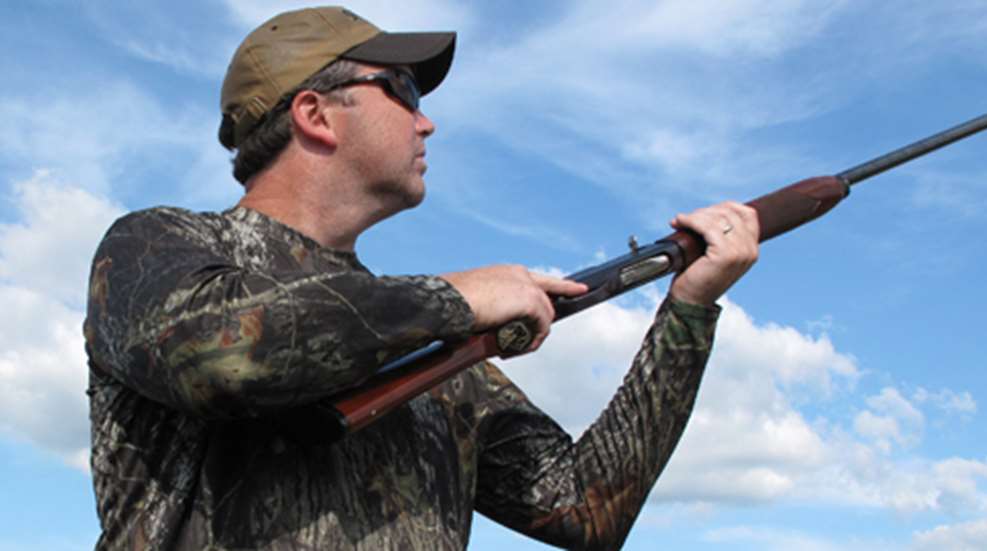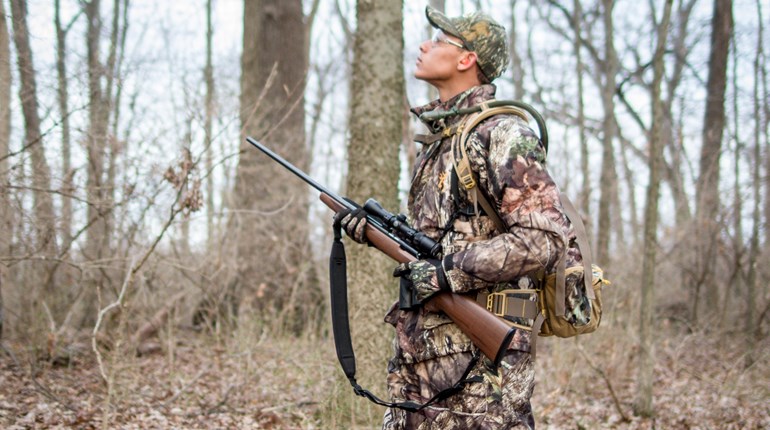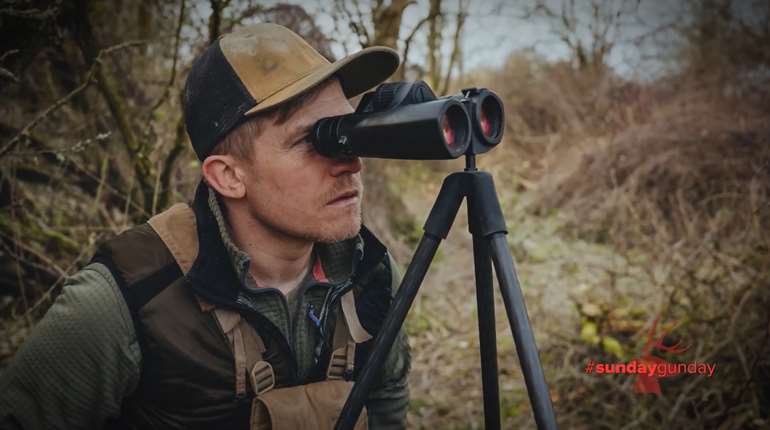
From the hot gunning dove action in central Texas to large Southern social shoots complete with a post hunt cookout, one thing remains the same in nearly every dove hunt: The birds always seem to key on the same general terrain features. And while being relegated to a midfield “guess this looks OK” spot beneath an unrelenting sun can still produce when guns are blazing from all points on the compass, you should always strive to stack the deck in your favor. After all, few things can be more frustrating than watching birds continue to hum by just out of range, only to watch the guy a mere 50 yards away warp his barrel from so much heated shooting.
Whether hunting as part of a large party or hitting a field alone, here’s what you need to look for when choosing a spot from which to shoot and how to manage that spot for maximum success.
The Perch
Driving past an old farm my brother and I used to hunt as boys, he and I were both quietly eyeing the flutter of doves just above the tasseled acres of corn when we simultaneously blurted out, “Remember that old tree?” In the center of the field, before finally succumbing to the elements, a wide-branched dead oak had stood like a skeleton against the sky. It was hands down the most reliable dove-killing spot I’ve ever hunted. Regardless of whether the field was planted in peanuts, soybean or corn, doves would fly in from every direction to light in the open limbs to check below for danger before pitching to the ground to feed. With any luck, they would never get that far, their slowing flight as they prepared to land making them a little easier to hit. If you missed them coming in, you could pick them back up as they dove toward the ground. When corn was on the ground, the action was absolutely insane.
Doves prefer to catch a good, safe view of the ground from on high before going to feed. Aside from lone trees, power lines, power poles, windmills, water towers and even pump jacks serve as great dove-drawing magnets when set alone in the middle of fields littered with waste grains, grit or scattered puddles or ponds for drinking. Position yourself in the shadow of the tree or perch. This serves three purposes: It keeps you hidden, keeps the sun out of your eyes when shooting and will also help you stay cooler. Just remember to look behind you as well as out front because when you are in the center of an open area, birds can approach from any direction.
The Point
Barring the absence of a midfield perch (or getting beat to the spot by another hunter), I usually look for a point of woods jutting into an open field. It’s my belief that birds, like deer and people, use landmarks to precisely navigate where they want to go in a particular setting. A point jutting from an otherwise unbroken line of trees delineating the woods edge from that of the field provides one more of those key landmarks doves will use to determine where they will go in flight to feed.
I have watched as doves rocketing just above the trees came out right over the point, as it provided more safe cover to them, before pitching into a field. For crossing birds, the point provides the hunter with cover while also putting him farther out into the center of a field than if he remained back along the more distant edge. Remember, with shotguns, any position that can put you just 10- to 15-yards closer to the majority of your targets’ flight patterns means not only more shot opportunities, but more realistic chances of hitting the daily limit.
The Rise
A small hill, hump or rise in the middle of a field provides yet another landmark or point by which dove will navigate in flight. Since you don’t want to silhouette yourself against the sky, be sure to hunker down in tall grass, brush or standing crops. If the hill or mound is steep enough in its rise, you may be able to crouch along the side of it, using the ground to break your outline. In an extreme open spot, you may even want to try a layout blind such as the ones used by goose hunters. Doing the latter, however, could create some tricky shots, given the fast flying and maneuverability of doves. If you aren’t practiced at shooting from odd angles, stick with good camo and an ability to sit still until you have to shoot.
Besides serving as a directional draw for the pitching birds, a rise also closes some of the altitude between the ground-bound hunter and high-flying targets.
The Gap
Gaps in the tree line along a field edge created by the absence of tall trees, a small clearing, a timbered area, a cleared ditch bank or even a gas line or power right-of-way serve virtually the same function as the extended cover of a point of woods jutting into the open; it provides more security to doves as they approach a field. Like timber-high wood ducks whistling in from their morning roosts, doves will drop down along these aerial highways of cover created by the surrounding taller trees and will follow them right out into the open of the field where hopefully you will be waiting.
A hunter will typically need to be quick to the gun in these spots, however, as the majority of shots will be as the birds suddenly appear from just above the shorter cover or edge of the forest, heading into the open, not the other way. The hunter should still get his share of crossing shots as doves fly down the field as well, providing another avenue for shooting opportunities.
Being in the right spot on a dove field still takes a lot of luck as both shooting pressure, concentrations of food and even weather can affect how the birds fly on any given day, but by strategically positioning yourself in locations where doves are more apt to fly, you can do a lot to put the balance of luck in your favor.




































